10 Muscle-Building Superfoods For Baseball Players
February 18, 2021
1) Protein shake (with whole milk) The hands-down easiest way to build muscle mass is to add two...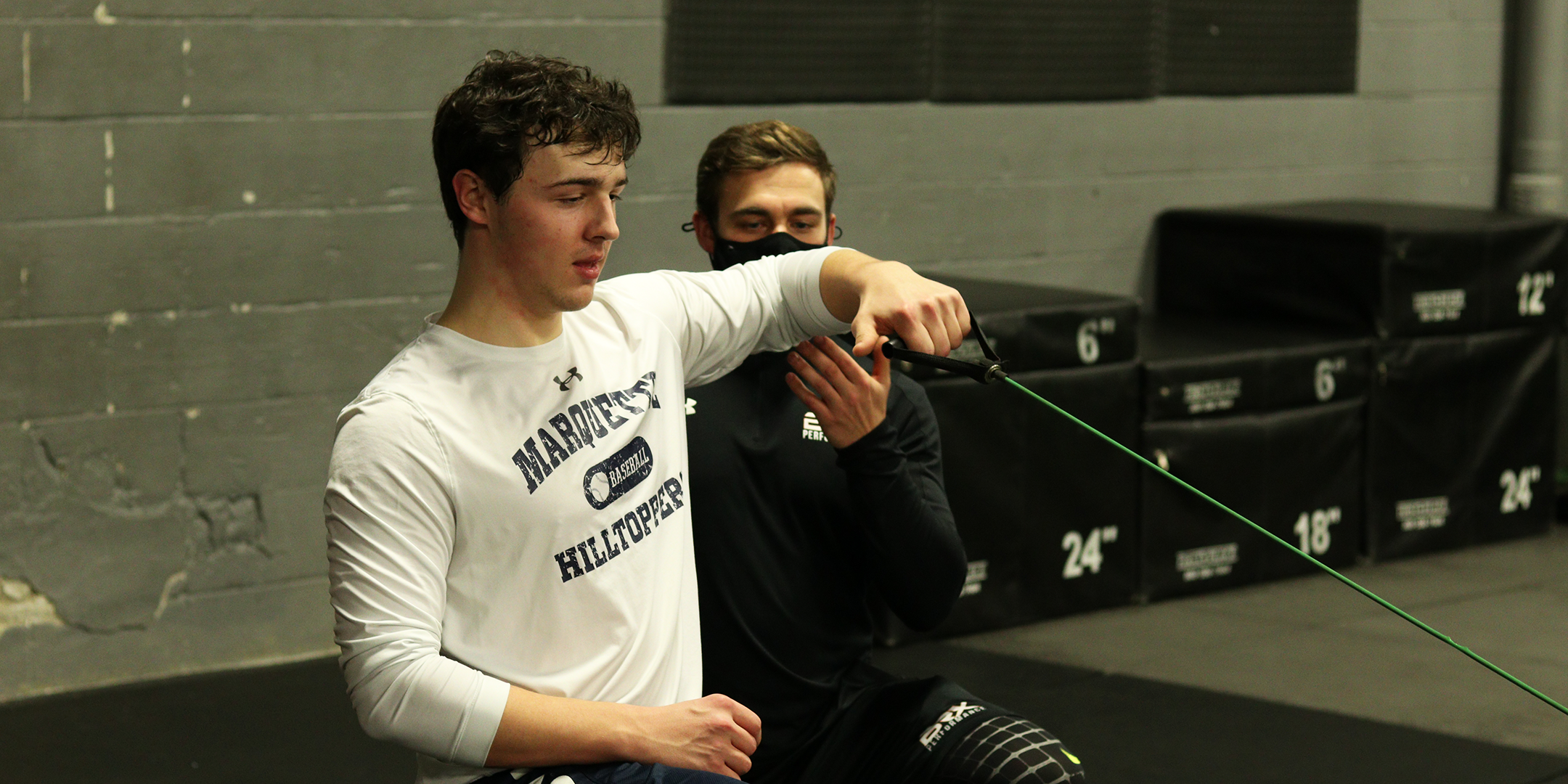
Imagine this scenario: you’re the overall strongest person on the field, but weak and inflexible at the position to the right: Does it matter that you’re the strongest person overall? Probably not!
Baseball is a unique sport that places your body in unusual positions. Training on a “football strength program” just won’t cut it and can often place your most important joints (i.e. shoulder) at risk if significant adjustments aren’t made accordingly.
Baseball players have unique needs in the weight room. At BRX Performance, we understand these unique needs and train baseball players like baseball players, not football players.
To set the foundation, we’re going to talk about some of the more important concepts regarding baseball strength training and why it needs to be different than traditional, football-based strength training.
Incorporating lateral and rotational exercises into your program, strengthening your arm in a throwing position, and avoiding exercises that place your shoulders at risk is where we’ll start.
Interested in starting a baseball-specific strength program?
Think about the way baseball players move: baseball is a sport of lateral and rotational motions. Pushing off the mound laterally and rotating in throwing, the lateral stride and rotation of hitting, a base-stealing start, the way the body turns laterally in a crow-hop from the outfield, and so on. Check out the pictures below:
How do baseball players most commonly train in the weight room? In a linear fashion
Benching, squatting, hang cleans, pull-ups, forward lunges, straight-line sprints, foul poles, etc, are all staples of most strength and conditioning programs. While one would use several of these in a balanced program, these movements are all missing a lateral and rotational component. Often underutilized in a baseball strength and conditioning program are things like lateral lunges, rotational medicine ball drills, and lateral speed/jumping drills, like skater jumps, for example:
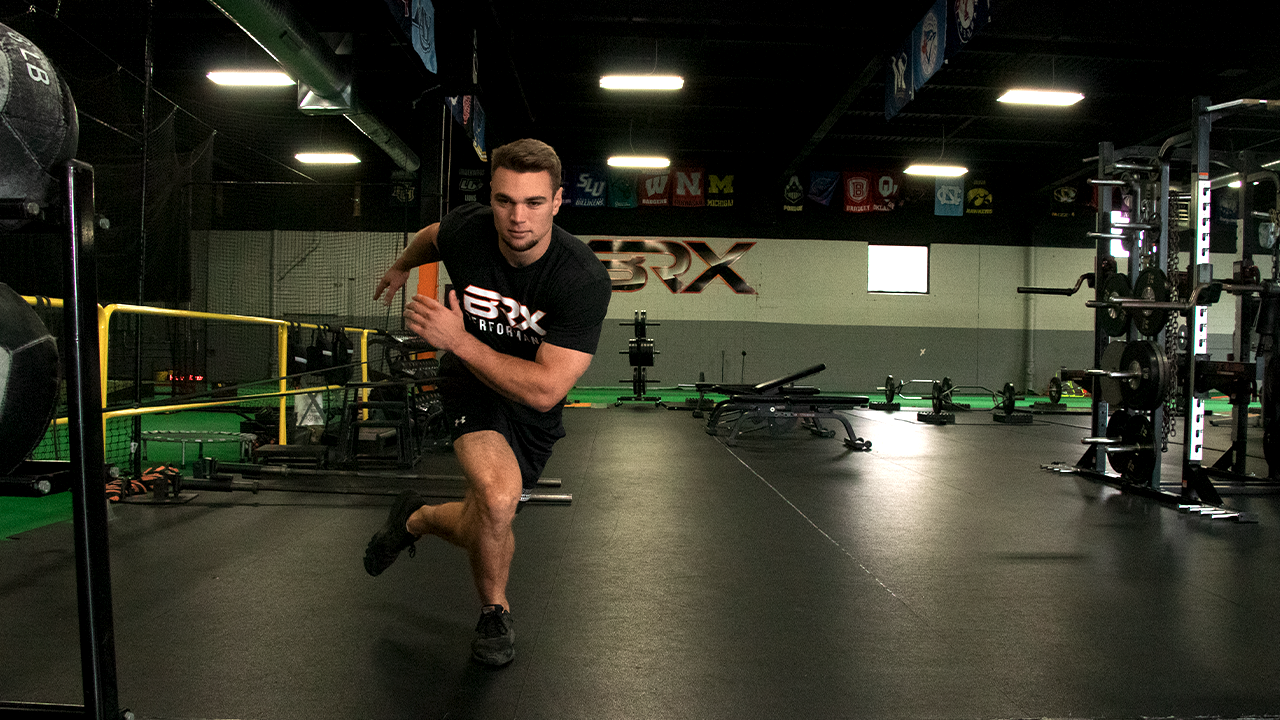
Here's a fascinating study from 2013 that asked the question, “Which lower body agility tests correlate with throwing velocity?” Researchers found that throwing velocity in baseball players only correlated with a lateral jump, and not with a linear jump or sprint.
In other words, it wouldn’t be uncommon to see a 90 mph pitcher with a poor vertical jump (linear) but an awesome maximum skater jump (lateral).
This is why Olympic lifts like power cleans (linear) often lead to increases in vertical jumping (linear) better than they do throwing velocity (lateral and rotational).
This isn’t to say that you should only train with one or the other – just make sure you don’t neglect either one.
Get a baseball-specific strength program!
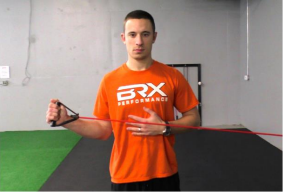
Whenever I ask someone to give me an example of a rotator cuff or shoulder exercise, I get this response 90% of the time:
While this isn’t the worst exercise in the world by any means, does it look anywhere close to where your arm is when throwing a baseball? I certainly don’t think so!
Strength achieved at the position above won’t necessarily transfer to the position your arm is in when throwing a baseball. For this reason, you need to train at functional positions – positions you’ll be in when you actually need the strength.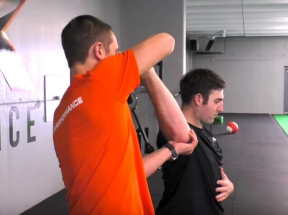
Here, I’m working with Dan Slania, a professional pitcher in the San Francisco Giants organization, on something we call Kneeling Shoulder ER Manual Resistance at BRX Performance:
Dan is pushing backwards into my hand the entire time to work the “deceleration” action of the posterior shoulder – the type of strength crucial for maintaining arm health throughout a season.
Notice how Dan’s arm is in a throwing position. Strength gained in this position is much more likely to carry over to the field than an exercise where your arm is at your side.
For these reasons and more, 80-90% of your rotator cuff and shoulder strengthening exercises should involve being in the 90/90 position of the elbow and shoulder, which is the spot you’re in on the field when you throw.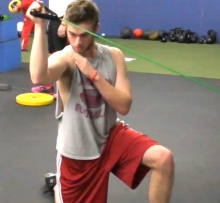
Here’s University of Florida commit Nate Brown demonstrating a great exercise you can incorporate into your own training if you don’t have a partner, a Kneeling 90/90 Shoulder External Rotation with a band:
If you feel this exercise in the top or front of your shoulder, you’re actually doing more harm than good! Place your non-working fingers (left in Nate’s case above) on the ball of your working arm. Think about rotating the ball of your arm away from your fingers and not letting the ball pop up to the ceiling or forwards. Pretend your biceps is a rotisserie chicken. If done correctly, you’ll be feeling a burn in the back of your shoulder. You won’t need a very thick band at all if you’re doing it right!
Quick Recap
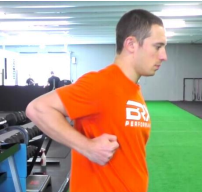
Place your throwing arm by your side with your elbow bent to 90 degrees. Stick your elbow as far up and behind your body as you can. You should feel a stretch in the front of your shoulder as you get further and further back.
Here’s the point: as your elbow gets further and further behind your body, you should feel a stretch in the front of your shoulder – especially the biceps tendon.
Long explanation: coming in a future blog post.
Short explanation: front of the shoulder soreness and tightness is something you want to avoid at all costs if you’re a baseball player as it’s usually an indicator of an arm that is going to seriously break down at some point.
Why is the front of the shoulder so important? To keep your arm intact when you get to this point:
Due to the importance of the anterior (front) shoulder for baseball players, we need to make sure we don’t irritate it with anything in the weight room. What irritates it? Exercises that involve considerable humeral extension (arms behind the body, like the video at the beginning) and end-range external rotation (Strasburg picture above).
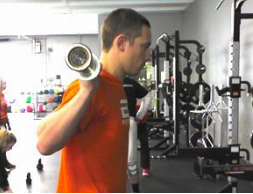
Where are your elbows on a barbell back squat?
There are certainly some who possess the mobility, strength, and coordination to pull off a back squat correctly. But is placing your shoulders under 300 pounds of load in a compromised position a risk you’re willing to take if you’re a baseball player whose durability depends on the health of your shoulder? Especially when there are better options available?
This is why we use a Safety Squat Bar for most squatting and lunging movements at BRX Performance. The brand we use is elitefts.com’s SS Yoke Bar.
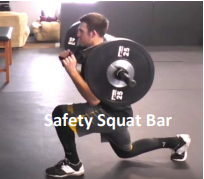
As you can see, the perpendicular handles of the Yoke Bar allow Dan to keep his elbows and shoulders in an optimal position. Now he can train his legs without worrying about compromising his shoulder health.
What if you don’t have access to a safety squat bar?
If you’re wondering about the “clean” grip (below), it’s a little easier on the shoulders, but considerably more stressful for the elbows and wrists:
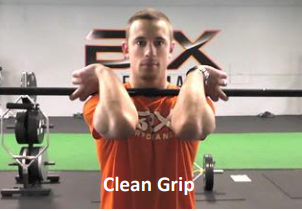
Your next best option after the safety squat bar is the barbell cross face grip (bottom right of page), assuming you don’t have a history of AC joint issues:
Other areas for concern with elbows getting behind the body:
Are you struggling to increase your throwing velocity, exit velocity, or running speed? Don't worry; you're not alone. That's why we have developed BDS, Baseball Development Secrets. The Baseball Development Secrets System (BDS) is a baseball-specific strength training program specifically designed to increase throwing velocity, exit velocity, and running speed. The best part is you can get access to our program for 7 days free of charge! If you're serious about your baseball development, Baseball Developments Secrets could be that answer for you as it has been for hundreds of other baseball players. Start your FREE trial today!
Quick Recap of the “New Rules in Baseball Strength Training” Series:
February 18, 2021
1) Protein shake (with whole milk) The hands-down easiest way to build muscle mass is to add two...February 18, 2021
Infielding The infielding portion of a showcase is where strategy plays a critical role.April 26, 2023
ATHLETES: How are you evaluating the progress and improvements you are making towards your goals?...